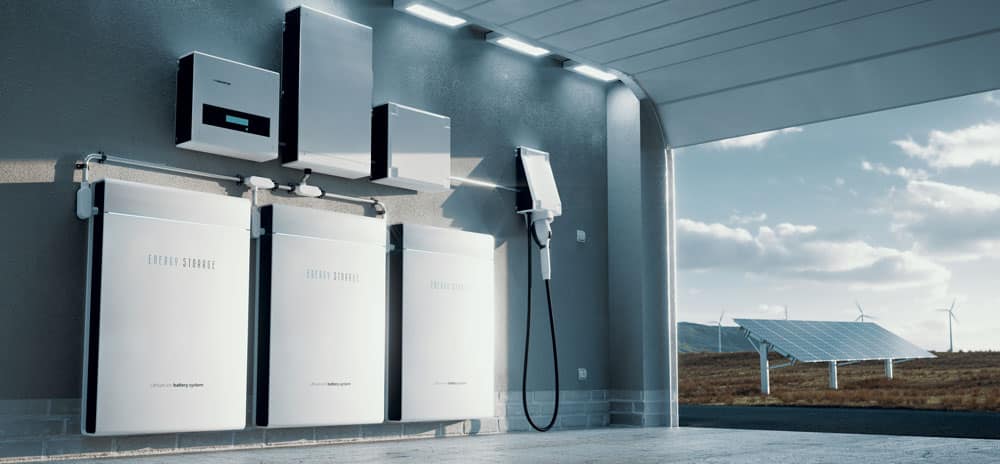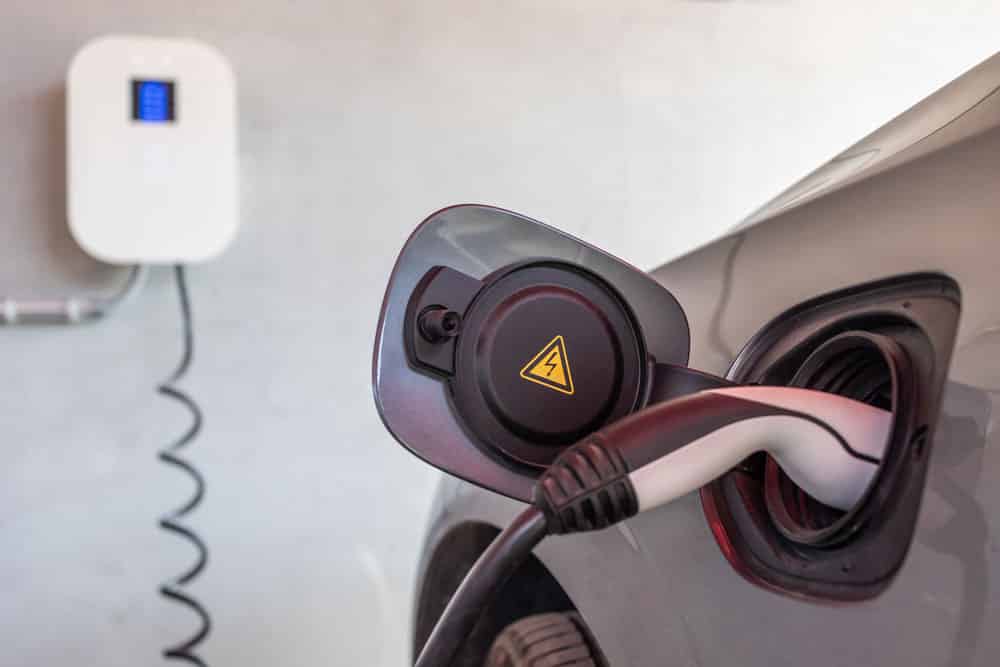Vehicle-to-Home Charging
How to Use an EV to Power Your Home
As September ends, we wrap up National Preparedness Month, but that doesn’t mean you still shouldn’t make sure you’re equipped for power outages, emergencies, and disasters. In recent years, there has been a rise in the number of power outages that occur due to increased strain on electric grids as a direct result of climate change. These power outages can leave people in precarious situations depending on how long they last and how well prepared the individuals are.
However, evolving technology has opened up the possibility of powering your home from different sources, including an electric vehicle (EV). If you are an EV owner, here is how you can use your car to power your home in the event of a power outage:
Vehicle-to-Home (V2H) Charging Systems

Vehicle-to-home (V2H) charging systems, also known as bidirectional chargers, are emerging as a new way to control all of the power inside your home. More and more people are harnessing the power of solar energy to power their homes, as well as charge the EVs in their garage. But, V2H charging systems also make it possible for the battery packs within an EV to power the home during a power outage. This means your V2H charging system acts as a two-way (bidirectional) bridge between your home power supplies and the battery packs in your EV.
Most EVs have high-capacity lithium-ion batteries, which means they can store large amounts of energy. These battery packs, depending on the model, can hold between 40-100 kilowatt-hours. So, depending on the specific EV you have, the stored power from a full battery could power the average home for anywhere between 2-7 days. This capability would be crucial during storms, blizzards, and other disasters that normally leave people stranded without power.

While the technology for home power systems used to charge EVs continues to advance, there is still more work to be done before V2H systems are widely available for consumers. This bidirectional power distribution technology is also only supported by a few EVs currently on the market, such as the Nissan Leaf and Mitsubishi Outlander.
However, the main issue in other EV models is a software problem, which should be less of an issue as more EVs are created with bidirectional charging capabilities.
Ossiaco is a Montreal-based company that has designed a new V2H platform called dcbel, which is a home energy management system that would allow for bidirectional charging between an EV and your home. The company is currently still testing the platform in different markets before it is made widely available, and other start-ups are entering the V2H space as well, displaying promising signs for the near future.
Get Involved
At Drive Clean Bay Area, we believe EVs are vital to a cleaner future, whether they are for driving, towing, or outdoor needs. We host regular events to keep you informed of the latest vehicles, innovations, and financial incentives, as well as offer an EV Buying and Driving Guide.
Our EV Discount Program provides limited-time savings events with discounted pricing on a variety of new battery electric and plug-in hybrid vehicles.
Sign up now to get notified when we announce this year’s EV Discount vehicles!
